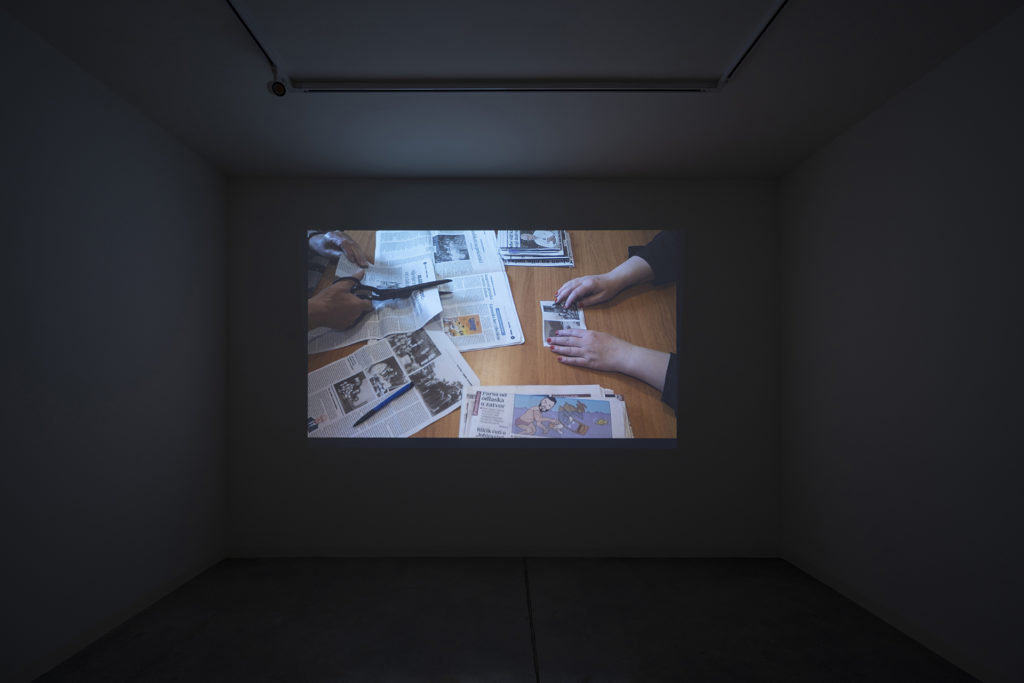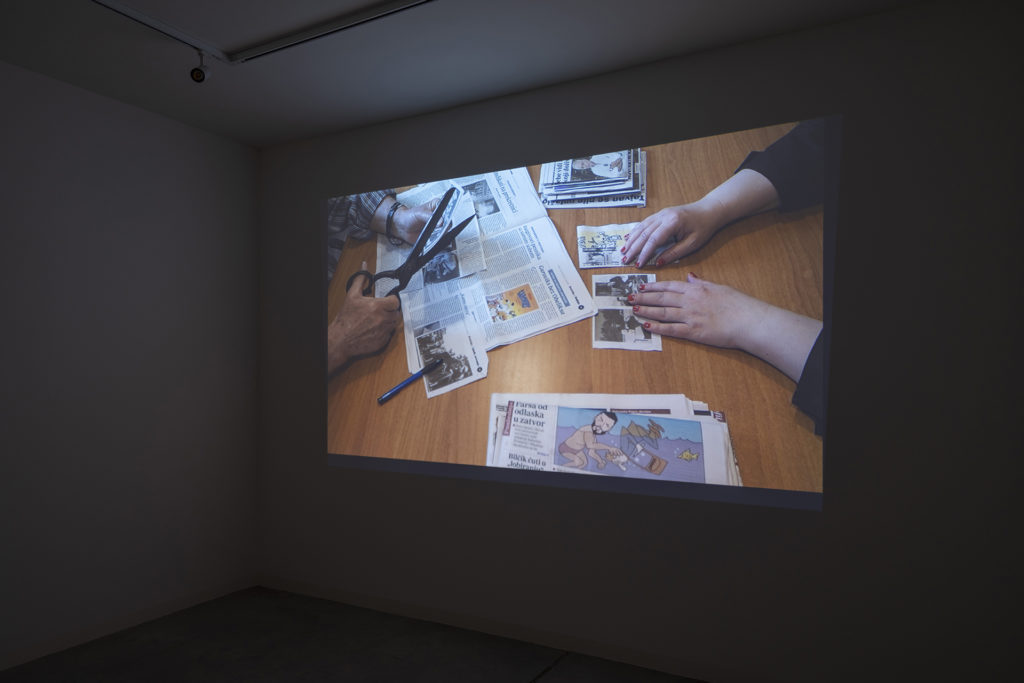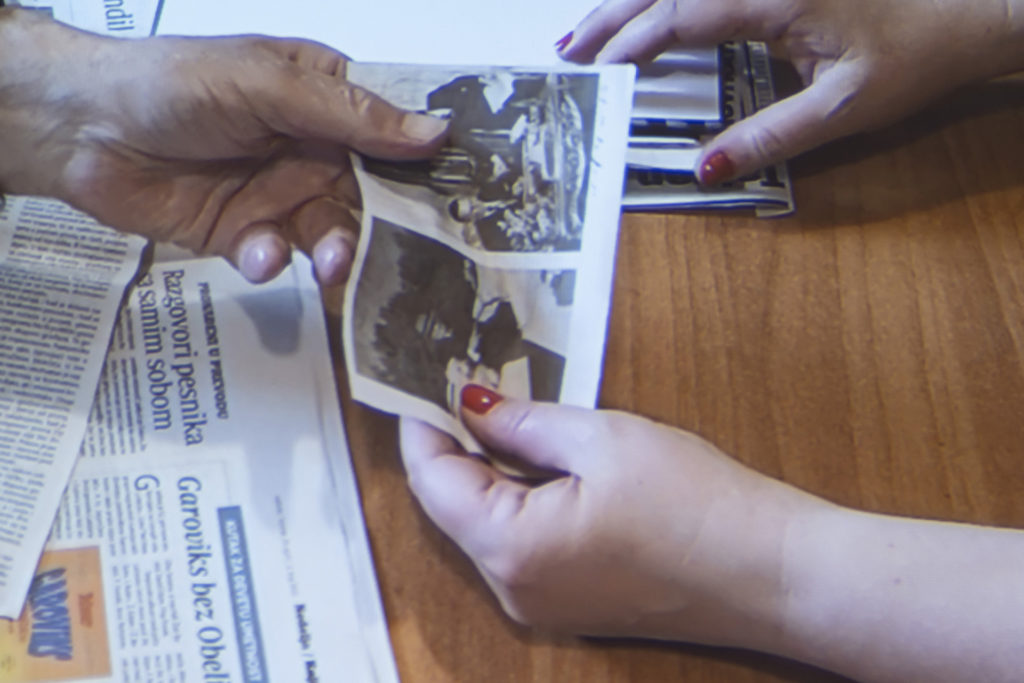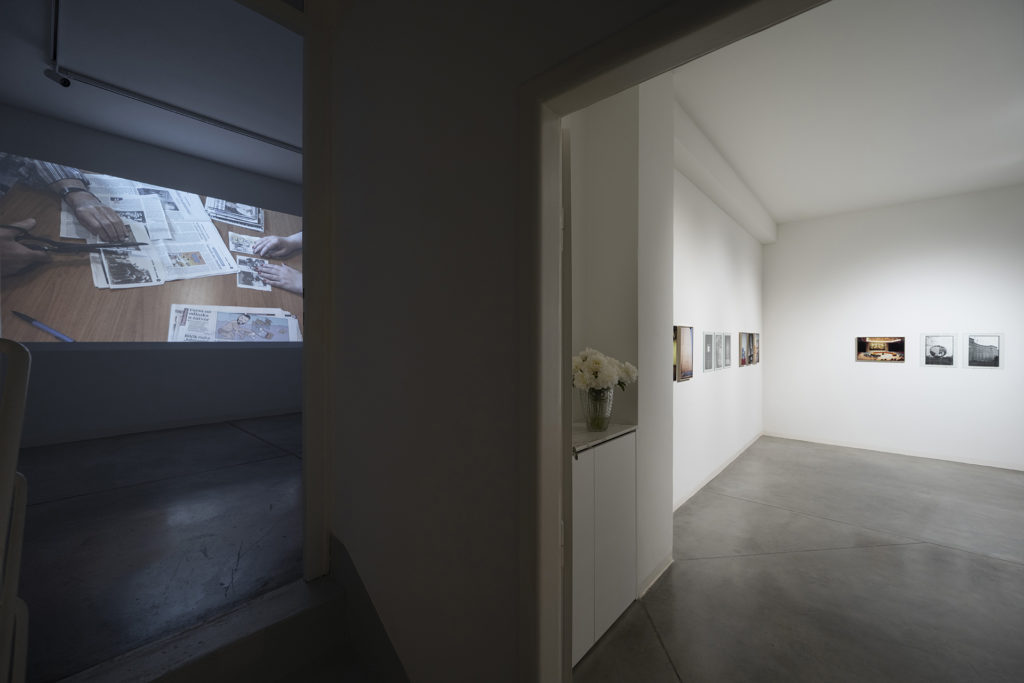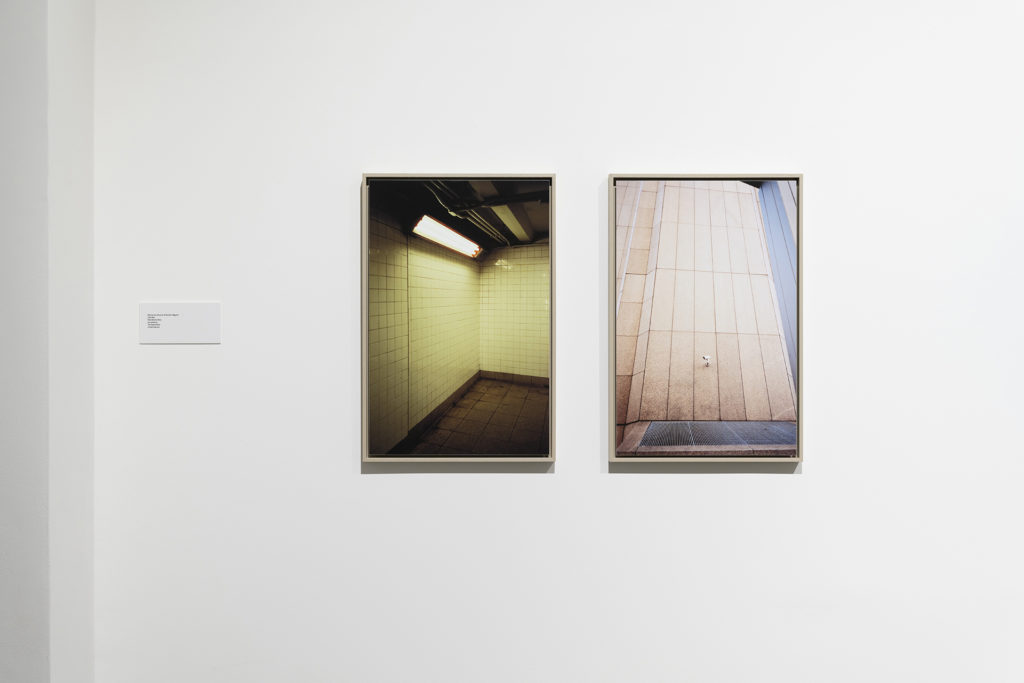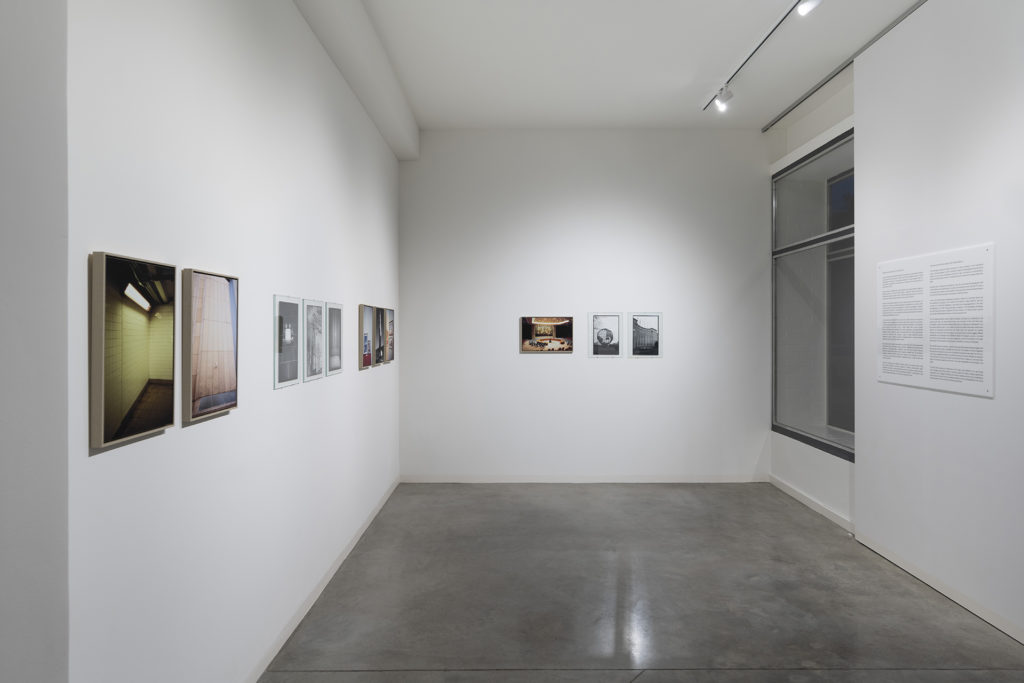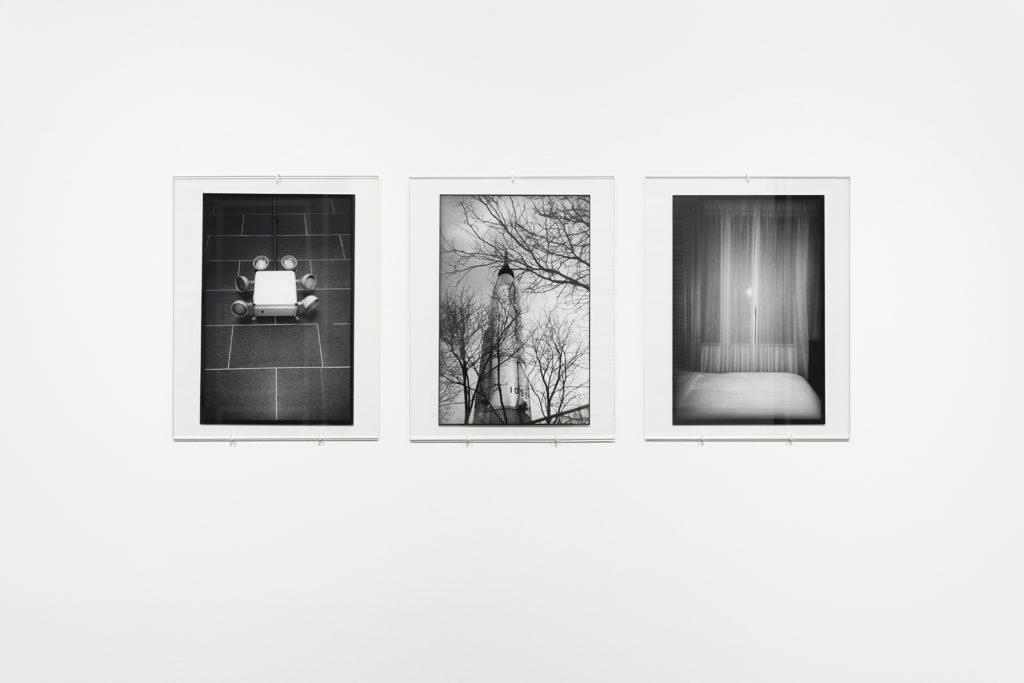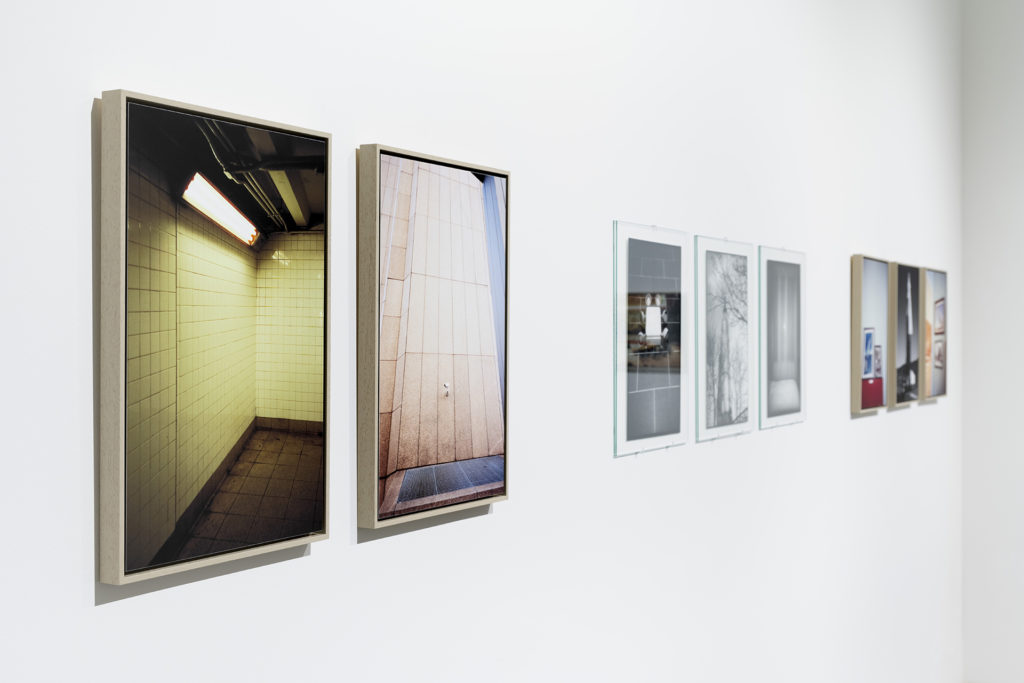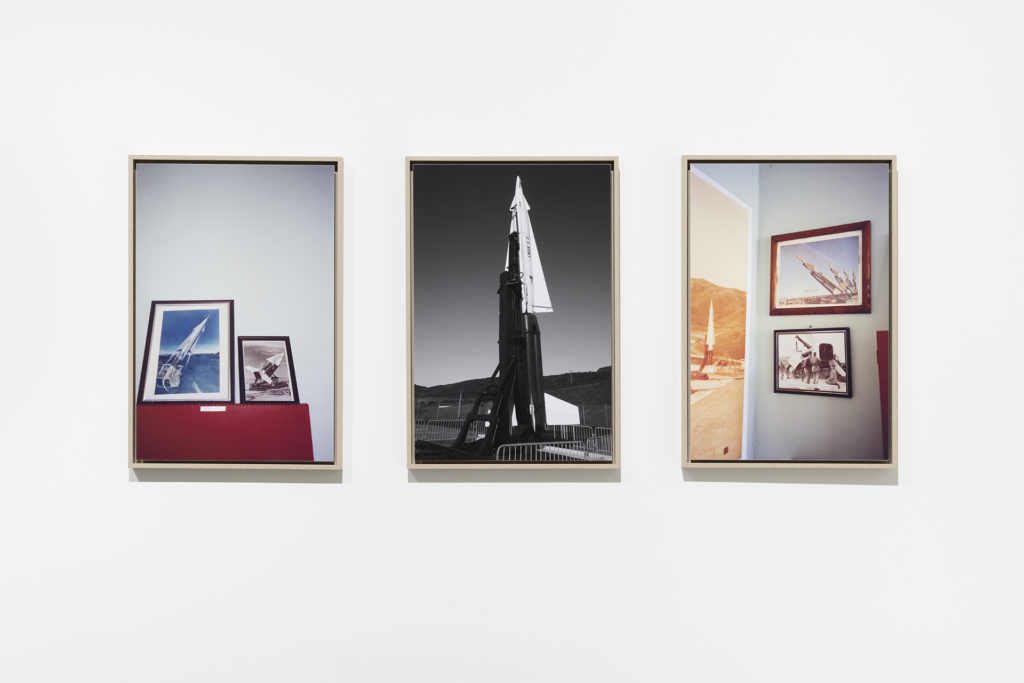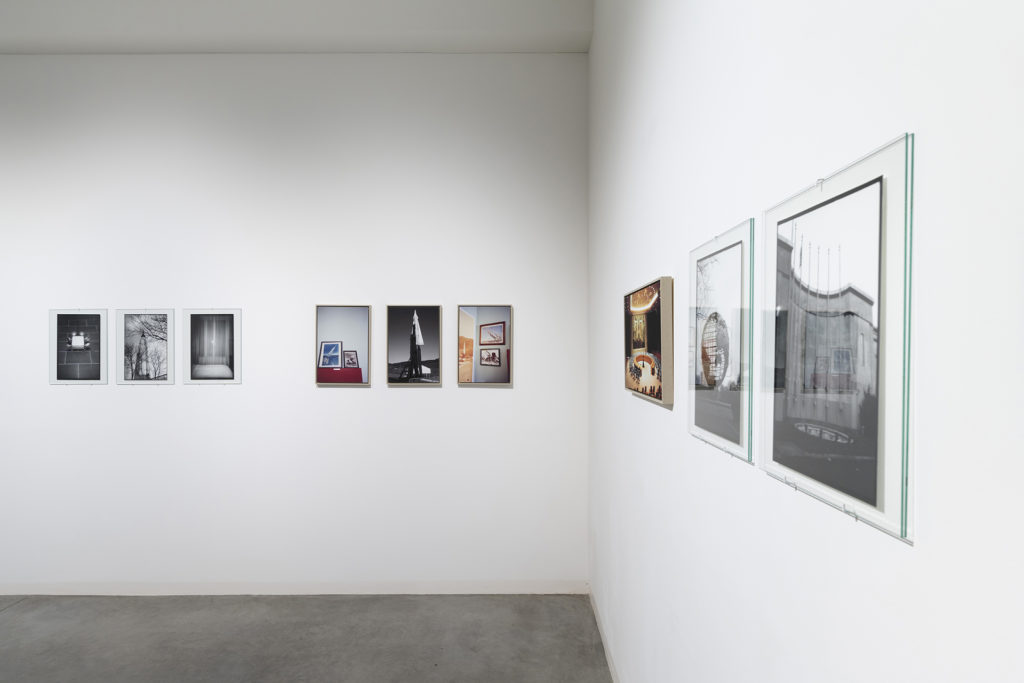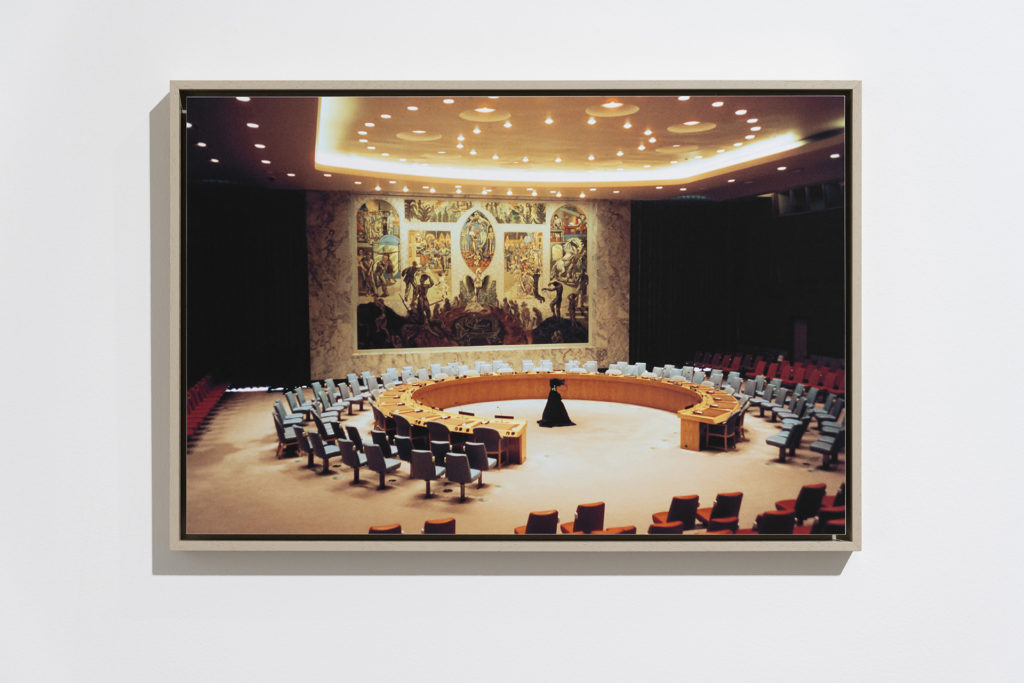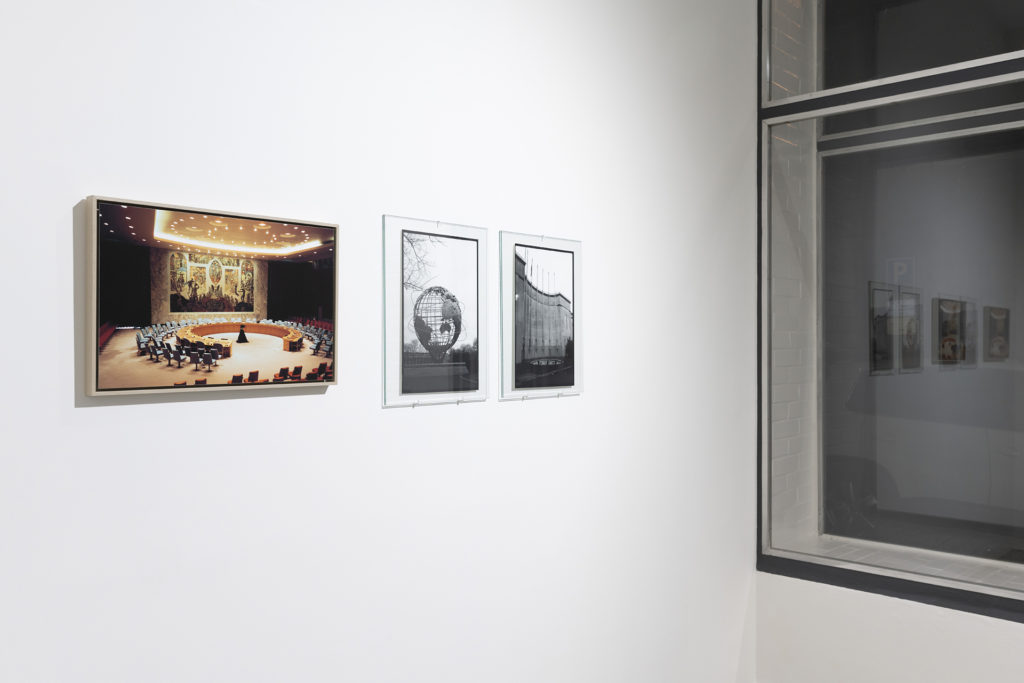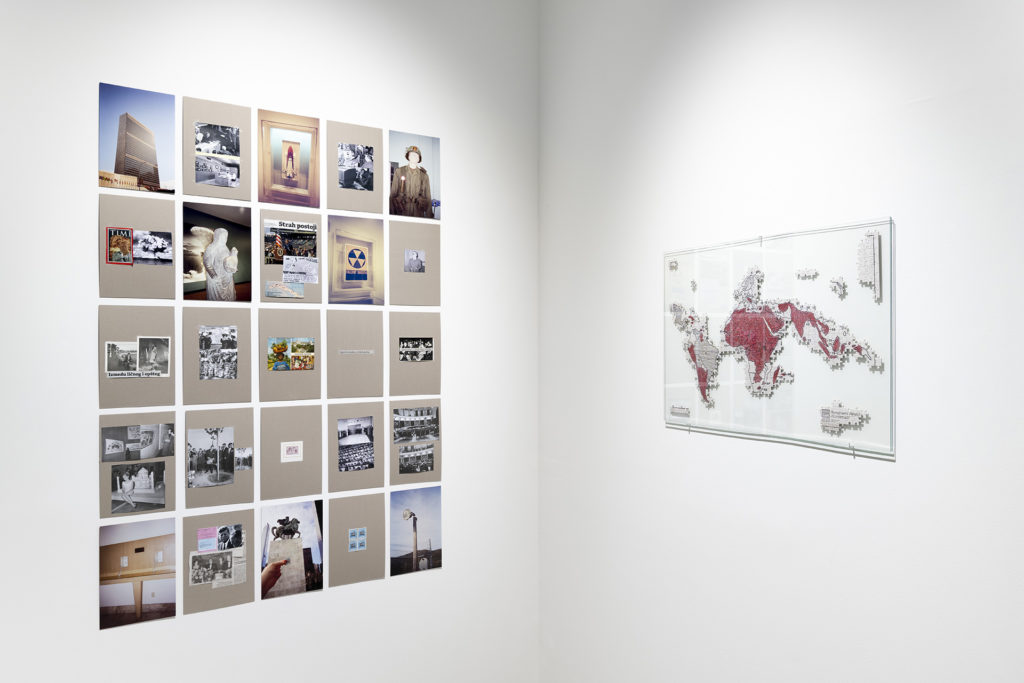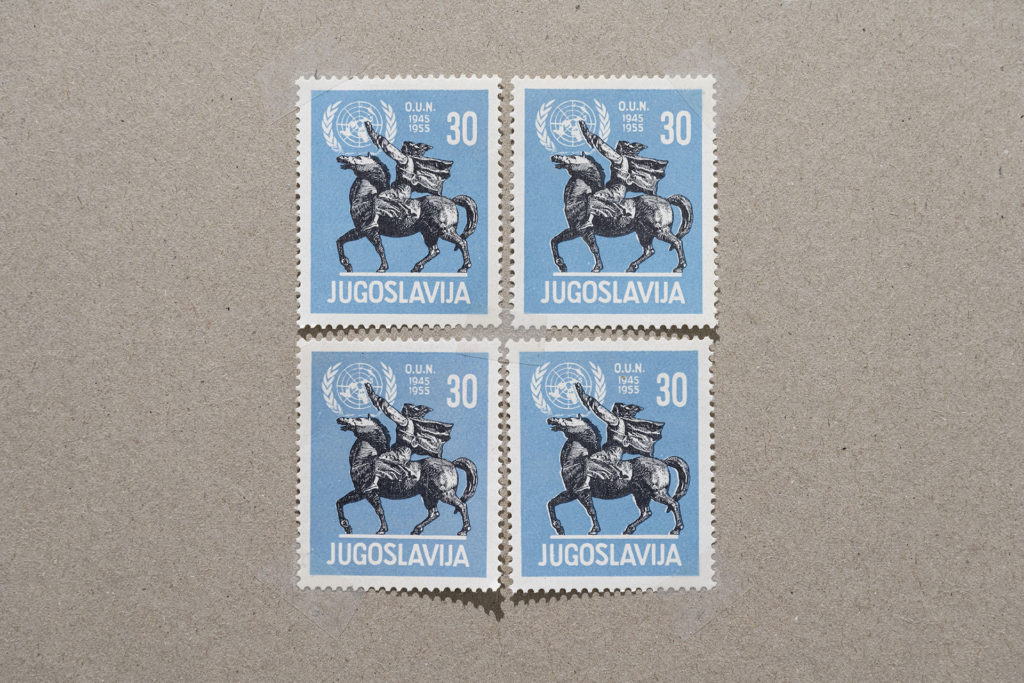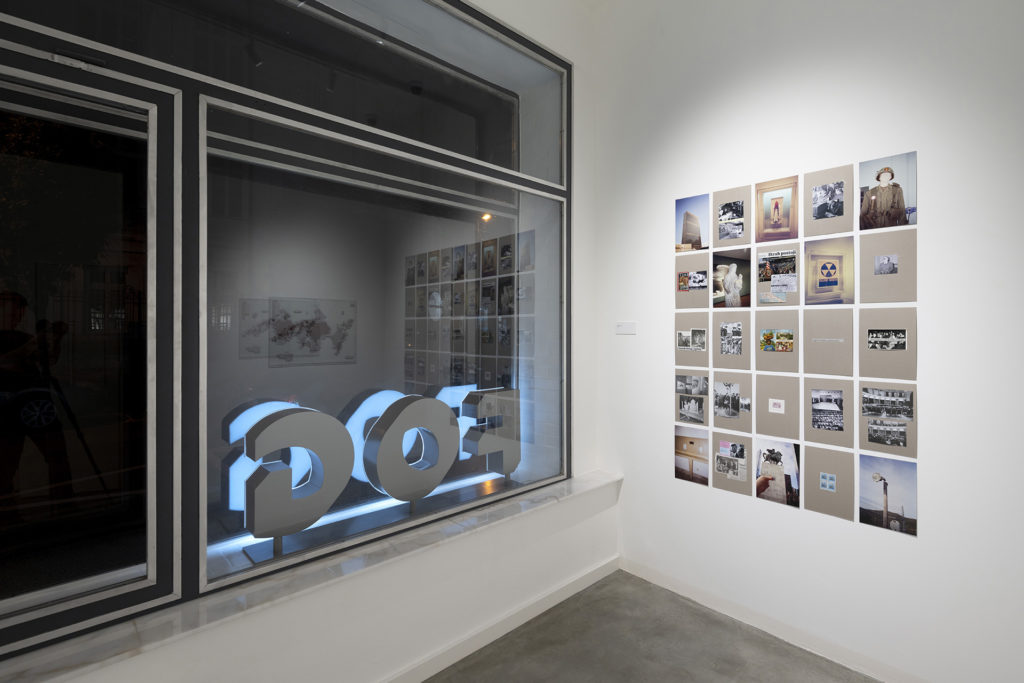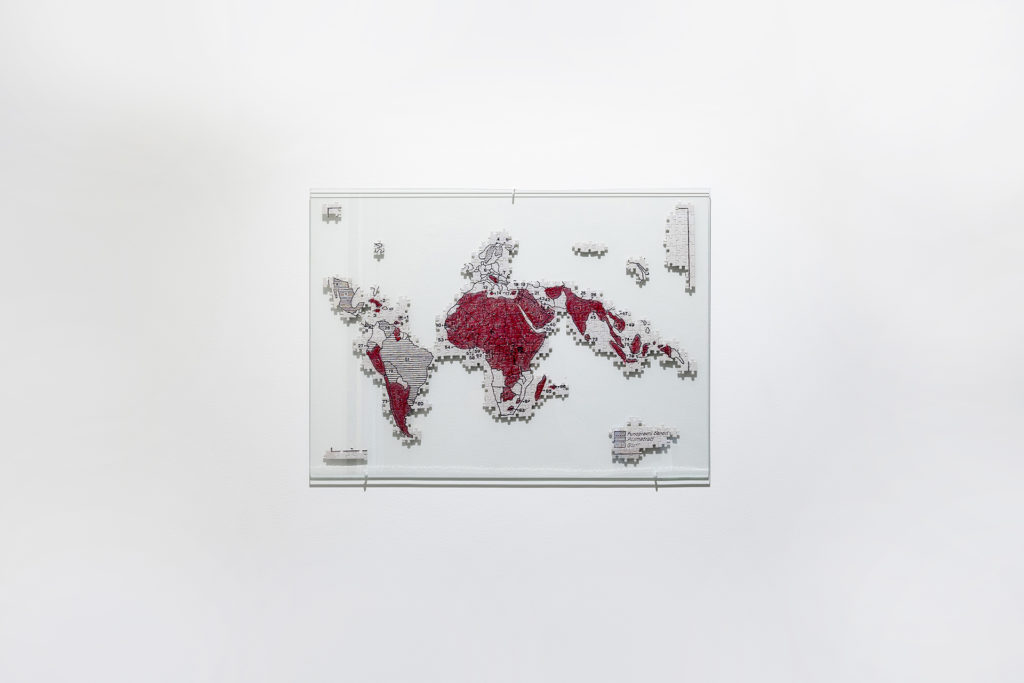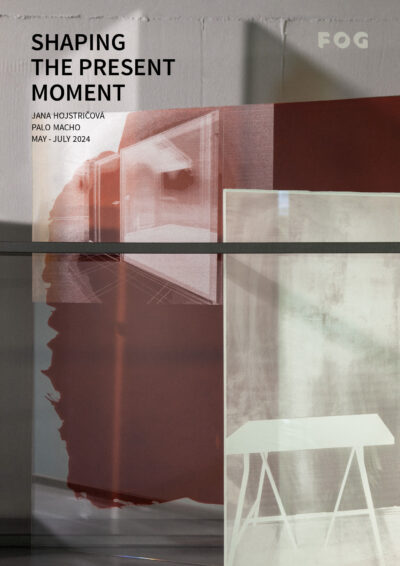Past exhibition
(Non) Monuments to the Non-Aligned
Olja Triaška Stefanović
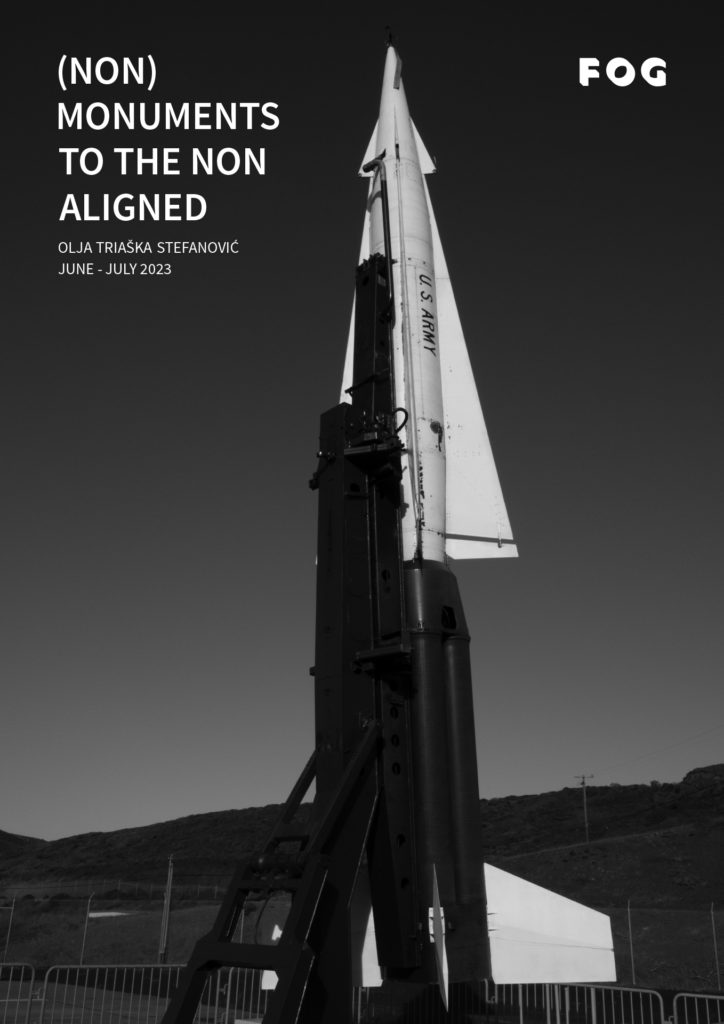
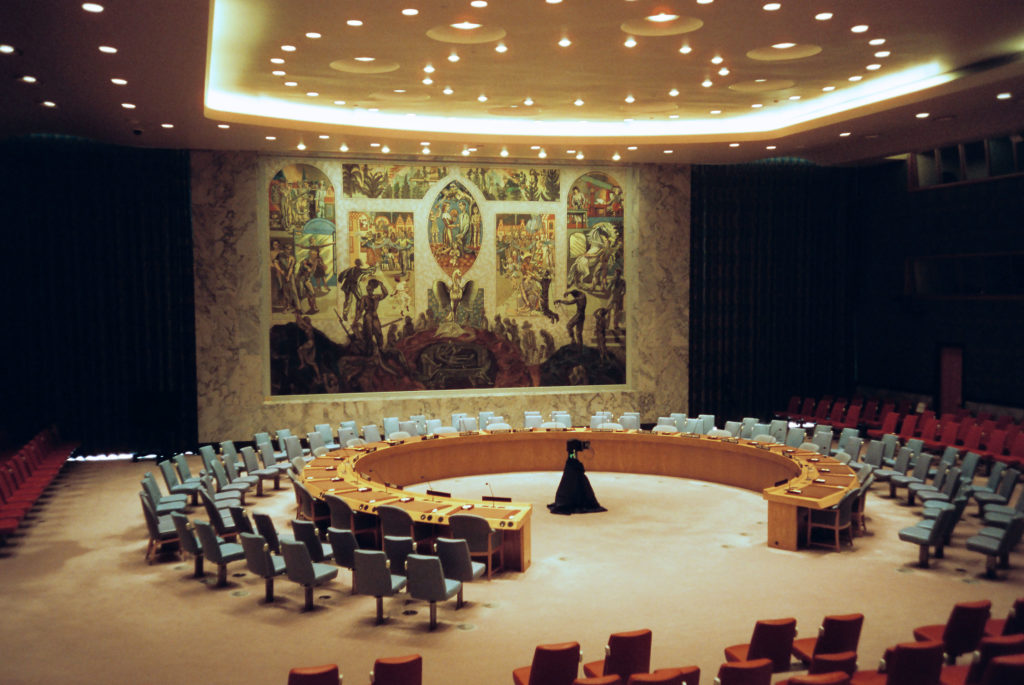
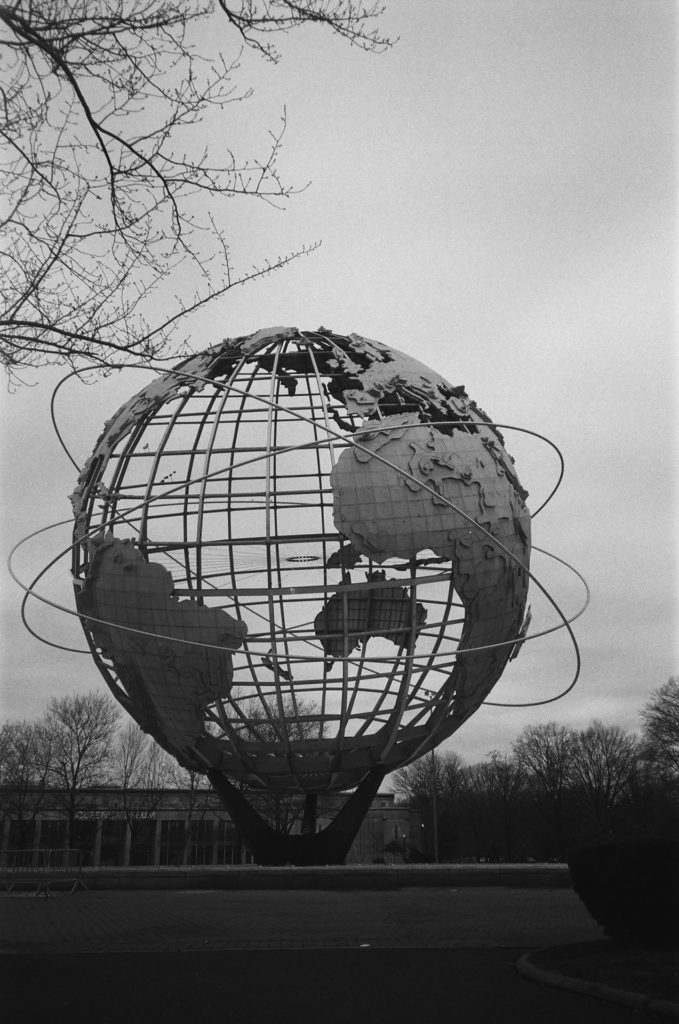
PRESS RELEASE
“The Non-Aligned Movement (NAM) functioned as a social movement in the international system, a third way between two blocs, aiming to change the existing global structures and to create a more just, equal and peaceful world order. It was, in its essence, an anti-imperialist, anticolonial and antiracist movement” (Singham & Hune, Non-Alignment in an Age of Alignments, 1986)
During her recent Fulbright scholar residency in New York, visual artist and photographer Olja Triaška Stefanović was researching the visuality and architecture of the Cold War. This was a continuation of her interest in memory studies in the context of the Cold War and what traces we can still find from that era and how it has shaped our collective futures.
A visit to the United Nations Headquarters prompted a reflection on her family history and their experience as Yugoslavs in the context of the Cold War. Triaška Stefanović was born and grew up in the former Yugoslavia, in the country that was geographically in the ‘East’, psychologically in the ‘West’ but geo-politically non-aligned. In this atmosphere and setting, her parent’s generation grew up adjacent to the Iron Curtain, in a ‘market socialist’ economy yet culturally oriented towards European and America popular forms.
The Non-Aligned Movement (NAM) aimed to creatively contribute to an alternative to the existing world order and represented the first major disruption of the Cold World map. It embodied a quest for alternative political alliances, for an “alternative mundialization”. As a transnational political project, it was a coalition of small and middle-sized states, mostly former colonies and developing countries from the Global South and advocated for peaceful coexistence, disarmament, territorial integrity, and supporting anti-colonial struggles. Different collaborations and exchanges were established between non-aligned countries in the field of economics, trade, education and culture. Yugoslavia, as one of the founders of the NAM, participated in those processes and significantly contributed to its policies and activities.
This exhibition takes as a backdrop a search for the (non) monuments to the Non-Aligned, that inspired geo-political project undertaken by Josip Broz Tito, president of former Yugoslavia. Through archival images, documents and a photographic essay featuring images from New York, San Francisco, Belgrade, and Berlin, this exhibition explores the tension between the realpolitik of the Cold War, its remnants and traces in the built environment, images, etc., and those of this utopic and ambitious project but one which is much less recognisable since its heyday in the 1960s.
The FOG Gallery presents an introduction of the larger visual research as an open-ended visual dialogue across these periods, moments, spaces and places through experimental juxtaposition and montage of historical and archival materials and the use of contemporary documentary forms that mix the architectural, political and the autobiographical that will be later presented in the form of book and following exhibitions.
